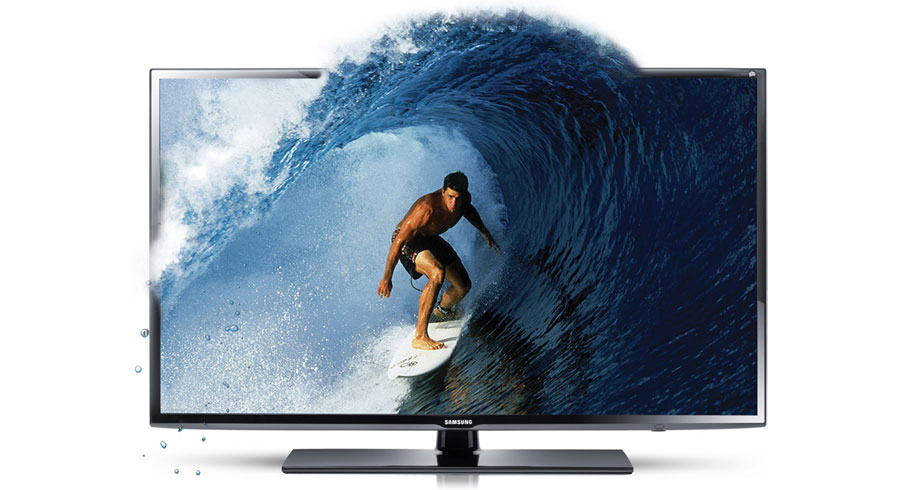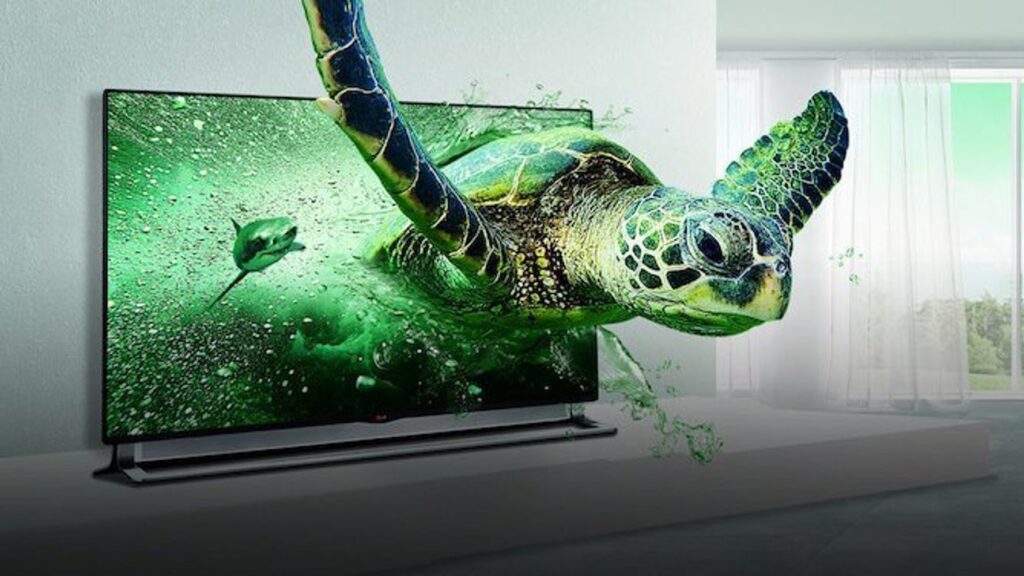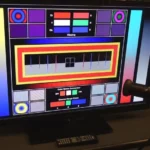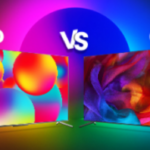Introduction
In the ever-evolving landscape of television technology, 3D TV has been both a fascination and a fleeting trend. From its initial surge in popularity to its gradual decline, the future of 3D TV technology remains a topic of curiosity and speculation. This article delves into the history, challenges, advancements, and potential future directions of 3D TV, exploring whether it still holds promise in an era dominated by high-definition displays and emerging technologies.
Historical Context: The Rise and Fall of 3D TV
The concept of 3D television first captivated audiences with promises of immersive viewing experiences akin to those in theaters. In the early 2010s, major TV manufacturers like Samsung, LG, and Sony introduced 3D-capable TVs, accompanied by a wave of 3D content from movies to sporting events. Consumers were enticed by the prospect of bringing the cinema into their living rooms, but the adoption faced significant hurdles.
Challenges Faced by 3D TV Technology:
- Content Limitations: Despite initial enthusiasm, the availability of 3D content remained limited. Many broadcasters and content creators hesitated to invest in 3D production due to higher costs and uncertain demand.
- Technical Barriers: Early 3D TVs required specialized glasses, which presented barriers to widespread adoption. Issues like discomfort, compatibility, and cost deterred consumers from embracing the technology wholeheartedly.
- Lack of Standardization: Different manufacturers adopted varying 3D technologies—active shutter glasses, passive polarized glasses, autostereoscopic displays—which fragmented the market and confused consumers.
The Decline of 3D TV: Lessons Learned
By the mid-2010s, the hype surrounding 3D TV began to wane. Manufacturers scaled back production, and major broadcasters like ESPN and BBC discontinued their 3D programming. Several factors contributed to its decline:
- Consumer Apathy: Many viewers found 3D TV to be more of a novelty than a necessity, with few compelling reasons to upgrade from traditional 2D viewing.
- Quality Concerns: Critics highlighted issues such as reduced brightness, potential for motion sickness, and the lack of significant content enhancements.
- Cost vs. Benefit: The additional cost of 3D-capable TVs and glasses did not justify the perceived benefits for most consumers, especially as alternative technologies like Ultra HD (4K) and HDR gained traction.
Technological Advancements and Revival Efforts
Despite its setbacks, 3D TV technology has continued to evolve. Manufacturers and researchers have explored innovations aimed at addressing previous shortcomings and reigniting interest:
- Glasses-Free 3D Displays: Advances in autostereoscopic (glasses-free) 3D technology promise to eliminate the need for cumbersome glasses, enhancing comfort and accessibility.
- Improved Viewing Angles and Resolution: Next-generation 3D displays aim to offer wider viewing angles and higher resolutions, minimizing image degradation and maximizing visual fidelity.
- Integration with VR and AR: The convergence of 3D TV with virtual reality (VR) and augmented reality (AR) technologies could create new opportunities for interactive and immersive content experiences.
Future Applications and Potential Markets
Looking forward, the future of 3D TV technology may lie in niche applications and specialized markets rather than mainstream consumer electronics:
- Education and Training: 3D technology could revolutionize education and training programs by providing immersive simulations and interactive learning environments.
- Professional Visualization: Industries such as healthcare, engineering, and design may benefit from high-fidelity 3D displays for detailed visualization and analysis.
- Theme Parks and Entertainment Venues: Large-scale installations of 3D displays could enhance attractions and entertainment experiences in theme parks and public venues.
The concept of 3D television has its roots in the desire to replicate the depth and realism of the visual world within the confines of a living room. Unlike traditional 2D TVs, which present images in two dimensions, 3D TVs aim to create a stereoscopic effect that simulates depth perception, offering viewers an enhanced visual experience. This technology relies on specialized glasses or autostereoscopic displays to achieve the illusion of depth by presenting slightly different images to each eye.
Evolution of 3D TV Technology
Early Innovations and Consumer Excitement
The early 2000s saw the first attempts at commercializing 3D TV technology, with companies like Samsung, Sony, and LG leading the charge. These TVs required active or passive 3D glasses to deliver the stereoscopic effect, which posed a barrier to widespread adoption due to issues like comfort, compatibility, and cost. Despite these challenges, initial consumer interest was significant, fueled by the novelty of experiencing movies like Avatar in 3D at home.

Mainstream Adoption and Challenges
By the mid-2010s, 3D TVs had started appearing in more living rooms, supported by a growing library of 3D content from broadcasters and streaming services. Manufacturers continued to refine the technology, improving glasses-free 3D displays and enhancing compatibility with gaming consoles and Blu-ray players. However, several factors hindered broader adoption: the need for specialized glasses, limited content availability, and mixed reviews of the viewing experience.
Decline and Shift in Market Focus
Despite early enthusiasm, 3D TV sales began to decline sharply by the late 2010s. Several major TV manufacturers, including Sony and Samsung, phased out their 3D TV product lines, citing low consumer demand and shifting priorities towards other technologies like 4K resolution, HDR, and smart TV capabilities. This downturn led to questions about the long-term viability of 3D TV as a mainstream entertainment option.
Factors Influencing the Decline
Consumer Preferences and Viewing Habits
One of the primary reasons for the decline of 3D TV technology was changing consumer preferences. While initially intrigued by the novelty of 3D content, many viewers found wearing 3D glasses cumbersome and uncomfortable for extended periods. Moreover, the availability of compelling 3D content, especially beyond blockbuster movies, remained limited, reducing the incentive for consumers to invest in 3D-capable TVs.
Technological Limitations and Costs
The complexity and cost associated with producing and distributing 3D content posed significant challenges for content creators and broadcasters. Unlike the transition from standard definition to high definition, which offered a clear improvement in visual quality, the benefits of 3D TV were often subjective and dependent on individual viewing conditions. Additionally, the cost of 3D-capable TVs and accessories remained relatively high compared to conventional 2D models, further limiting mass-market appeal.
The Current State of 3D TV Technology
Niche Markets and Specialized Applications
Despite its decline in the consumer market, 3D TV technology continues to find niche applications in specific industries and professional settings. For instance, 3D displays are widely used in healthcare for medical imaging and surgical planning, where depth perception is critical. Similarly, the gaming industry has explored 3D technology to enhance immersive gameplay experiences, albeit on a smaller scale compared to traditional gaming displays.
Innovations in Glasses-Free 3D Displays
Recent advancements in autostereoscopic (glasses-free) 3D displays have reignited interest in the technology among some manufacturers and researchers. These displays use lenticular lenses, parallax barriers, or other techniques to deliver a stereoscopic effect without the need for specialized glasses, addressing one of the key barriers to consumer adoption. While still in development, glasses-free 3D displays hold potential for applications where user comfort and convenience are paramount.
Future Prospects and Challenges
Integration with Emerging Technologies
Looking ahead, the future of 3D TV technology may hinge on its integration with emerging technologies such as augmented reality (AR) and virtual reality (VR). These immersive technologies leverage similar principles of depth perception and spatial awareness to create realistic environments and interactive experiences. By combining elements of 3D TV with AR/VR capabilities, future displays could offer seamless transitions between traditional 2D content and immersive 3D environments.
Content Creation and Distribution
The availability of compelling 3D content remains a crucial factor in determining the technology’s viability moving forward. As content creators and broadcasters explore new production techniques and distribution platforms, the potential for 3D TV to regain relevance in niche markets or specialized applications may increase. However, achieving widespread consumer adoption will require addressing historical challenges related to content variety, accessibility, and viewer preferences.
Conclusion: The Outlook for 3D TV in a Changing Landscape
In conclusion, while the heyday of 3D TV as a mass-market product may have passed, its evolution continues to hold promise in specialized applications and emerging markets. Technological advancements and shifting consumer preferences will likely shape its trajectory, with potential synergies emerging from developments in VR, AR, and interactive media. Whether 3D TV will experience a full-scale revival or find its niche alongside other immersive technologies remains to be seen, but its journey thus far offers valuable insights into the dynamic nature of television innovation.
References
- Include citations and references to authoritative sources that provide data, expert opinions, and historical context to support the points discussed.
Author’s Bio
- Brief author bio highlighting expertise in technology and television trends.
This comprehensive article not only explores the rise, fall, and potential resurgence of 3D TV technology but also positions your blog as a source of insightful analysis and forward-looking commentary on the evolving landscape of television technology



